
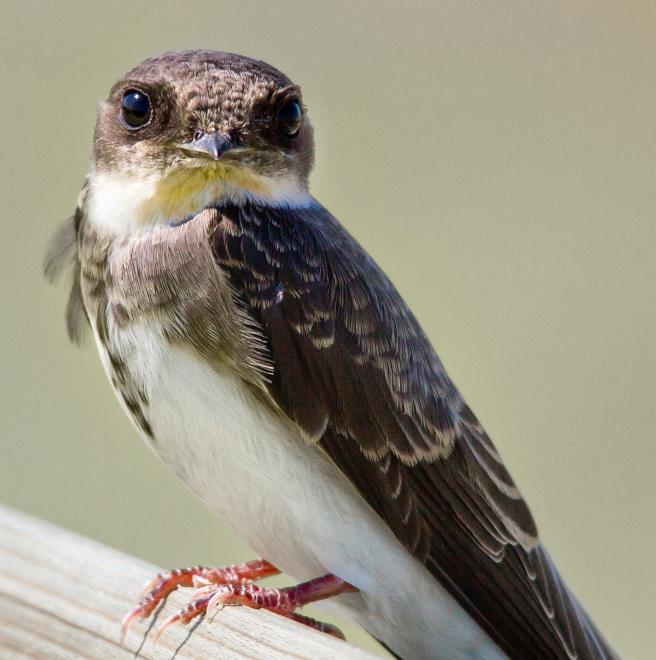
Among the most widespread terrestrial bird species on earth, the Bank Swallow is strangely local in distribution. As the name suggests, the species requires vertical embankments—natural or human-made, in wild or disturbed settings—for its nest colonies. Yet Bank Swallows are absent from many suitable locales and even whole regions. Audubon's climate model forecasts substantial movement northward and slight range expansion for the species, but only 22% of the current summer range remains suitable. As long as there are banks, water, and flying insects, Bank Swallows at least have the potential to become established. Whether this fickle species will actually occupy newly created suitable climate space is an uncertain prospect, however.
Explore more birds threatened by climate change around the country.
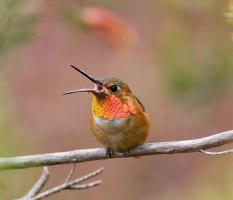
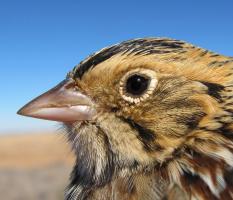
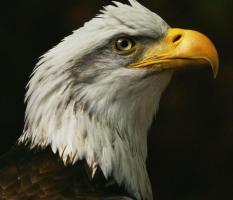
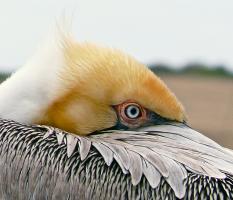

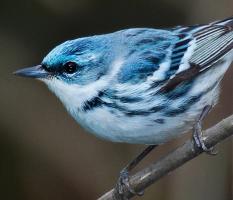
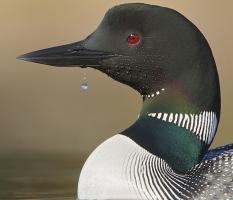
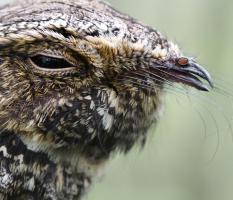





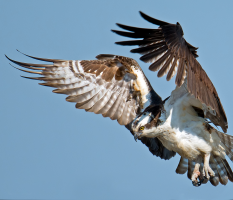
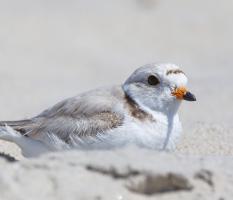

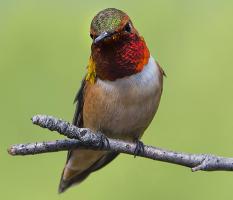

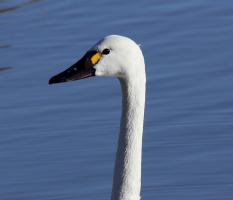
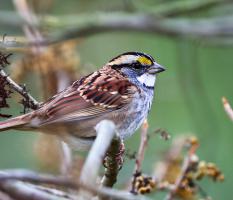

It's easier than you think to make a difference. Become an Audubon member today to help birds facing climate change.